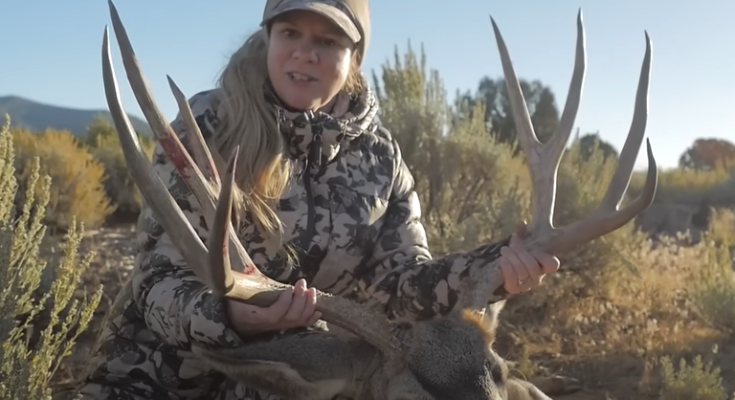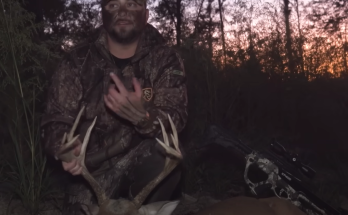Hunting with a muzzleloader has always been a challenge, requiring patience, precision, and skill. But taking it to long-range distances adds an entirely new level of difficulty. Long-range muzzleloader hunting is an extreme test of marksmanship, ballistics knowledge, and adaptability in the field.
The Evolution of Long-Range Muzzleloaders
Traditionally, muzzleloaders were seen as short-range firearms, effective within 100-150 yards. However, advancements in modern muzzleloader technology have pushed these limits much further. With custom-built rifles, high-BC (ballistic coefficient) bullets, precision optics, and specialized powders, skilled hunters can now engage targets at 300-500 yards or more. Some dedicated long-range muzzleloader shooters even reach distances exceeding 600 yards, a feat once considered impossible.
Challenges of Long-Range Muzzleloader Hunting
Unlike modern centerfire rifles, muzzleloaders require careful attention to detail. Each shot is a single opportunity, as reloading takes significant time. Factors such as wind drift, bullet drop, and ignition consistency play a critical role in making an accurate long-range shot. Hunters must account for these variables while also dealing with unpredictable field conditions like elevation changes, shifting winds, and animal movement.
Another major challenge is understanding the ballistics of a muzzleloader projectile. Unlike high-velocity centerfire rounds, muzzleloader bullets travel at slower speeds, resulting in more pronounced trajectory arcs. This means hunters must practice extensively to master their firearm’s performance and confidently place shots at extended ranges.
Hunting Scenarios and Ethics
Long-range muzzleloader hunting is often pursued in open-country settings where spotting and stalking are the primary tactics. Western states in the U.S., such as Colorado, Wyoming, and Montana, offer vast landscapes ideal for long-range opportunities on elk, mule deer, and pronghorn.
Ethical considerations are crucial in long-range hunting. The margin for error increases at extended distances, making shot placement even more critical. Responsible hunters spend countless hours practicing to ensure clean and ethical kills. Some choose to limit their shots to distances where they can consistently achieve sub-MOA (minute of angle) accuracy to minimize the risk of wounding an animal.
Conclusion
Long-range muzzleloader hunting is a blend of old-world tradition and modern innovation. It challenges hunters to push their skills to the limit while maintaining respect for the game and the environment. For those willing to master the art, it offers an incredibly rewarding experience that combines history, precision, and the thrill of the hunt.



